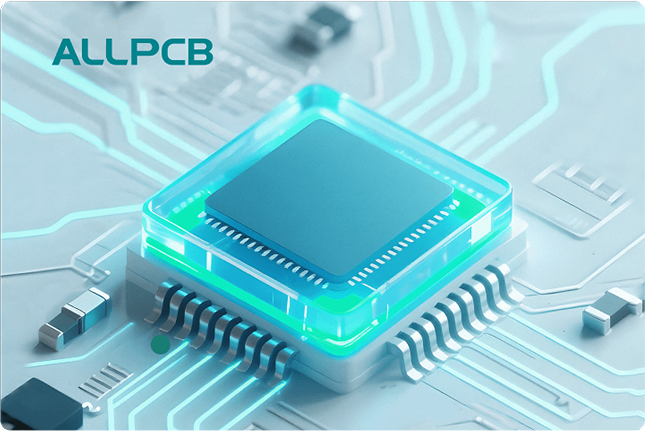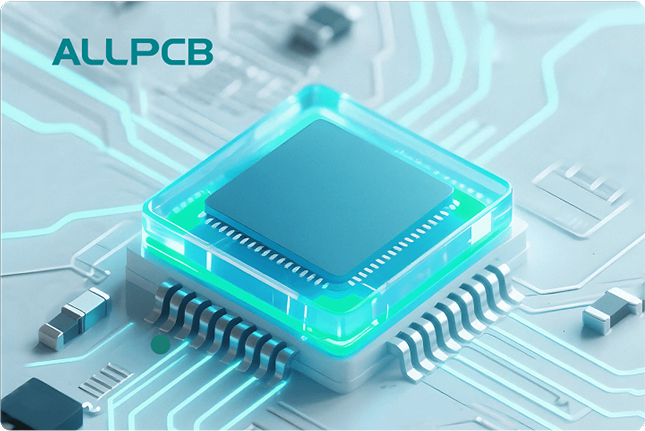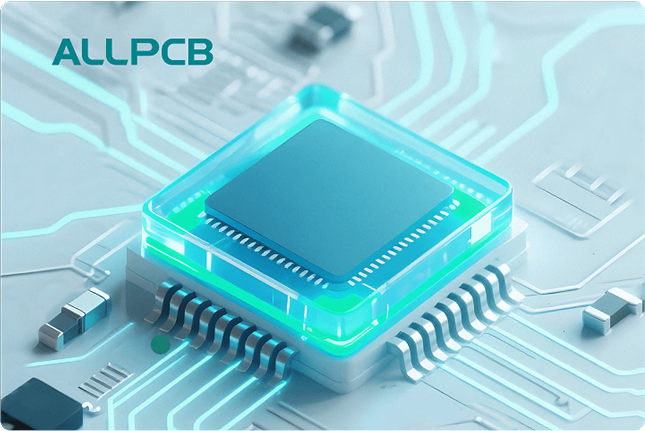Are you a hobbyist looking to dive into surface mount technology (SMT) assembly without breaking the bank? Reflow soldering with a toaster oven is an affordable and effective way to solder tiny components onto your printed circuit boards (PCBs). In this guide, we’ll walk you through the entire process, from converting a toaster oven to a reflow oven to mastering a toaster oven reflow soldering profile. We’ll also cover applying solder paste for reflow soldering, share surface mount soldering tips, and explain how to achieve great results in reflow soldering without a hot air gun. Let’s get started with this budget-friendly approach to SMT assembly!
Why Use a Toaster Oven for Reflow Soldering?
Reflow soldering is a process used to attach surface mount components to a PCB by heating solder paste until it melts and forms a strong bond. While professional reflow ovens can cost hundreds or thousands of dollars, a simple toaster oven can be modified to serve the same purpose for under $100. This makes it an ideal choice for hobbyists and small-scale projects.
Using a toaster oven offers several benefits:
- Cost-Effective: You can often find a suitable toaster oven at a thrift store or online for $20–$50.
- Compact Size: It fits easily on a workbench, perfect for small workspaces.
- Customizable: With a few tweaks, you can control the temperature to match a proper reflow soldering profile.
However, toaster ovens aren’t designed for precision soldering, so converting one into a reflow oven requires some modifications. Let’s explore how to do that next.
Converting a Toaster Oven to a Reflow Oven
Turning a standard toaster oven into a reflow oven for SMT assembly involves a few key steps. The goal is to ensure the oven can maintain consistent temperatures and follow a specific heating profile needed for soldering. Here’s how to do it:
Step 1: Choose the Right Toaster Oven
Not all toaster ovens are suitable for reflow soldering. Look for one with the following features:
- Manual Controls: Avoid digital ovens with automatic shut-off features, as they can interfere with the reflow process.
- Convection Heating: This ensures even heat distribution, reducing hot spots that could damage components.
- Size: A small to medium oven (around 1000–1200 watts) is ideal for most hobbyist projects.
Step 2: Add Temperature Control
Most toaster ovens lack precise temperature control, which is critical for reflow soldering. You’ll need to add a controller to monitor and adjust the heat. A popular option is to use a PID (Proportional-Integral-Derivative) controller paired with a thermocouple or temperature sensor. These kits are available online for around $30–$50.
- Install the thermocouple inside the oven to measure the internal temperature accurately.
- Wire the PID controller to the oven’s heating elements, bypassing the original thermostat if necessary.
- Program the controller to follow a specific reflow profile (more on this later).
Step 3: Insulate and Ventilate
Toaster ovens can lose heat quickly, so adding insulation helps maintain stable temperatures. Use heat-resistant materials like ceramic fiber or high-temperature silicone to line the interior walls. Additionally, ensure proper ventilation to prevent overheating—drill small holes if needed, but avoid compromising the structure.
Step 4: Test the Setup
Before soldering, run a test cycle with the PID controller to ensure the oven can reach and hold temperatures between 150°C (302°F) and 250°C (482°F), which are typical for reflow soldering. Use a separate thermometer to double-check accuracy, as discrepancies of even 10°C can affect solder quality.
Understanding the Toaster Oven Reflow Soldering Profile
A reflow soldering profile is a temperature curve that dictates how the solder paste and components are heated over time. Following the correct profile is essential to avoid damaging components or creating weak solder joints. Here’s a breakdown of a typical profile for lead-free solder paste, which you can adapt for a toaster oven setup:
Stages of a Reflow Soldering Profile
- Preheat (Soak) Stage: Heat the PCB from room temperature to about 150°C (302°F) over 60–90 seconds. This gradual increase activates the flux in the solder paste and prevents thermal shock to components.
- Soak Stage: Maintain a temperature of 150°C–180°C (302°F–356°F) for 60–120 seconds. This allows the flux to clean the surfaces and prepares the solder for melting.
- Reflow Stage: Rapidly increase the temperature to the peak, typically 230°C–250°C (446°F–482°F), for 20–40 seconds. The solder paste melts and forms joints between components and pads.
- Cooling Stage: Cool the PCB down to below 100°C (212°F) over 60–90 seconds. A controlled cooling rate prevents thermal stress and ensures solid solder joints.
Adjusting the Profile for a Toaster Oven
Unlike professional ovens, toaster ovens may heat unevenly or take longer to reach target temperatures. Use the PID controller to program the stages, but be prepared to tweak the timings or temperatures based on test runs. For example, if your oven struggles to hit 250°C, you might extend the reflow stage by 10–15 seconds at a slightly lower peak temperature (e.g., 235°C).
Always refer to the datasheet of your solder paste for specific temperature recommendations. Some low-temperature pastes melt at 138°C (280°F), which can be easier to achieve in a toaster oven and less stressful on components.
Applying Solder Paste for Reflow Soldering
Applying solder paste correctly is a critical step in reflow soldering. Solder paste is a mixture of tiny solder particles and flux, which helps the solder adhere to the PCB pads. Here’s how to do it right:
Tools You’ll Need
- Solder paste (lead-free or leaded, depending on your project)
- A stencil matching your PCB design (optional but recommended)
- A squeegee or small spatula
- Isopropyl alcohol and lint-free wipes for cleanup
Step-by-Step Process
- Prepare the PCB: Clean the board with isopropyl alcohol to remove any dust or grease from the pads. Dry it thoroughly.
- Align the Stencil: If using a stencil, align it precisely over the PCB so the openings match the pads. Secure it with tape or a holder.
- Apply the Paste: Scoop a small amount of solder paste onto the stencil. Use a squeegee to spread it evenly across the stencil, pushing the paste through the openings onto the pads. If you’re not using a stencil, apply small dots of paste manually with a syringe or spatula—be precise to avoid excess.
- Inspect the Paste: Lift the stencil carefully and check that the paste is evenly distributed on each pad. Remove any excess with a wipe or toothpick.
- Place Components: Using tweezers, carefully place the surface mount components onto the solder paste. Ensure they align with the pads and sit flat.
Tip: Store solder paste in a refrigerator (around 5°C or 41°F) to extend its shelf life, and let it reach room temperature before use to avoid condensation.
Surface Mount Soldering Tips for Toaster Oven Reflow
Reflow soldering with a toaster oven can be tricky at first, but these surface mount soldering tips will help you achieve better results:
- Start Small: Practice on a test PCB with a few components before tackling complex designs. This helps you fine-tune your reflow profile without risking expensive parts.
- Use Kapton Tape: Protect sensitive areas of the PCB or components from excessive heat by covering them with heat-resistant tape.
- Monitor Hot Spots: Place a small piece of thermal paper or a second thermometer inside the oven during test runs to identify uneven heating. Adjust the PCB’s position if needed.
- Avoid Overcrowding: Don’t pack too many components close together, as this can cause uneven heating or solder bridges.
- Inspect After Soldering: Use a magnifying glass or microscope to check for cold solder joints (dull, grainy appearance) or bridges (solder connecting adjacent pads). Fix issues with a soldering iron if necessary.
Reflow Soldering Without a Hot Air Gun
Many hobbyists assume a hot air gun is necessary for SMT soldering, but reflow soldering with a toaster oven eliminates the need for one. A hot air gun is typically used for rework or soldering individual components, but in a full reflow process, the oven handles everything at once. Here’s why a toaster oven is often a better choice:
- Batch Processing: A toaster oven solders all components on the board simultaneously, unlike a hot air gun, which focuses on one area at a time.
- Even Heating: With proper modifications, a toaster oven provides more consistent heat distribution compared to a handheld tool.
- Hands-Free Operation: Once the profile is set, the oven does the work, freeing you to focus on other tasks.
If you do need to rework a single component after reflow, a low-cost soldering iron with a fine tip (around 1mm) can often do the job without requiring a hot air gun. Just be cautious to avoid lifting pads or overheating nearby components.
Safety Considerations When Using a Toaster Oven for Reflow Soldering
While a toaster oven is a great DIY tool, it’s important to prioritize safety during the conversion and soldering process:
- Work in a Ventilated Area: Solder paste releases fumes when heated, which can be harmful. Use a fume extractor or work near an open window.
- Avoid Food Use: Once a toaster oven is used for soldering, it should never be used for cooking again due to potential contamination from flux residues.
- Handle Hot Surfaces Carefully: The oven and PCB will be extremely hot after reflow. Use heat-resistant gloves and let everything cool before touching.
- Electrical Safety: When modifying the oven, unplug it first and double-check all wiring to prevent shorts or shocks.
Troubleshooting Common Issues in Toaster Oven Reflow Soldering
Even with careful preparation, you might encounter some challenges. Here are solutions to common problems:
- Uneven Soldering: If some components don’t solder properly, check for hot spots in the oven. Rotate the tray or add a small fan inside for better air circulation.
- Tombstoning: This happens when one end of a component lifts during reflow, often due to uneven heating or excessive solder paste. Reduce the amount of paste and ensure the preheat stage isn’t too fast.
- Solder Bridges: Excess paste can connect adjacent pads. Use a stencil for precise application, and remove bridges with a soldering iron and desoldering braid.
- Component Damage: If parts overheat, lower the peak temperature or shorten the reflow stage. Always check component datasheets for maximum temperature ratings (often around 260°C or 500°F).
Conclusion: Mastering SMT Assembly with a Toaster Oven
Reflow soldering with a toaster oven is a game-changer for hobbyists eager to work with surface mount components. By converting a toaster oven to a reflow oven, mastering a toaster oven reflow soldering profile, and following best practices for applying solder paste, you can achieve professional-quality results on a budget. With the surface mount soldering tips provided and the ability to perform reflow soldering without a hot air gun, you’re well-equipped to tackle SMT assembly at home.
Start small, experiment with test boards, and refine your process over time. With patience and practice, your DIY reflow oven will become an invaluable tool in your electronics toolkit. Happy soldering!
 ALLPCB
ALLPCB







